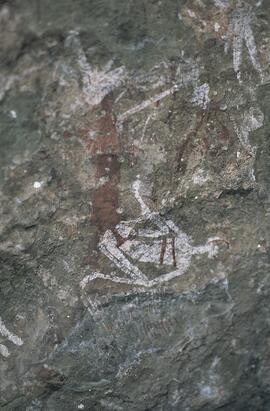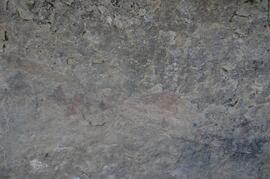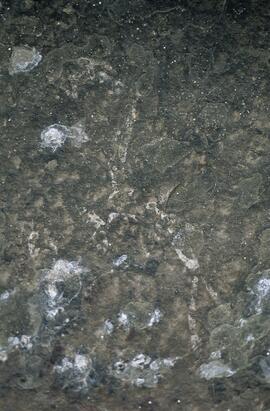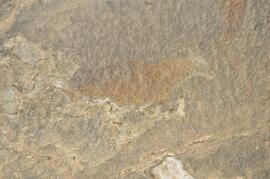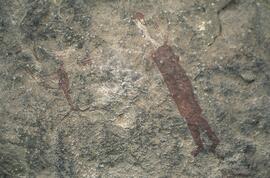RARI RARI-RARI-RSA-GLL2-8.jpg
·
Item
·
17/12/2005
Part of RARI
Elements area
Taxonomy
Code
Scope note(s)
Source note(s)
Display note(s)
Hierarchical terms
Glengyle II 39
BT Barkly East

